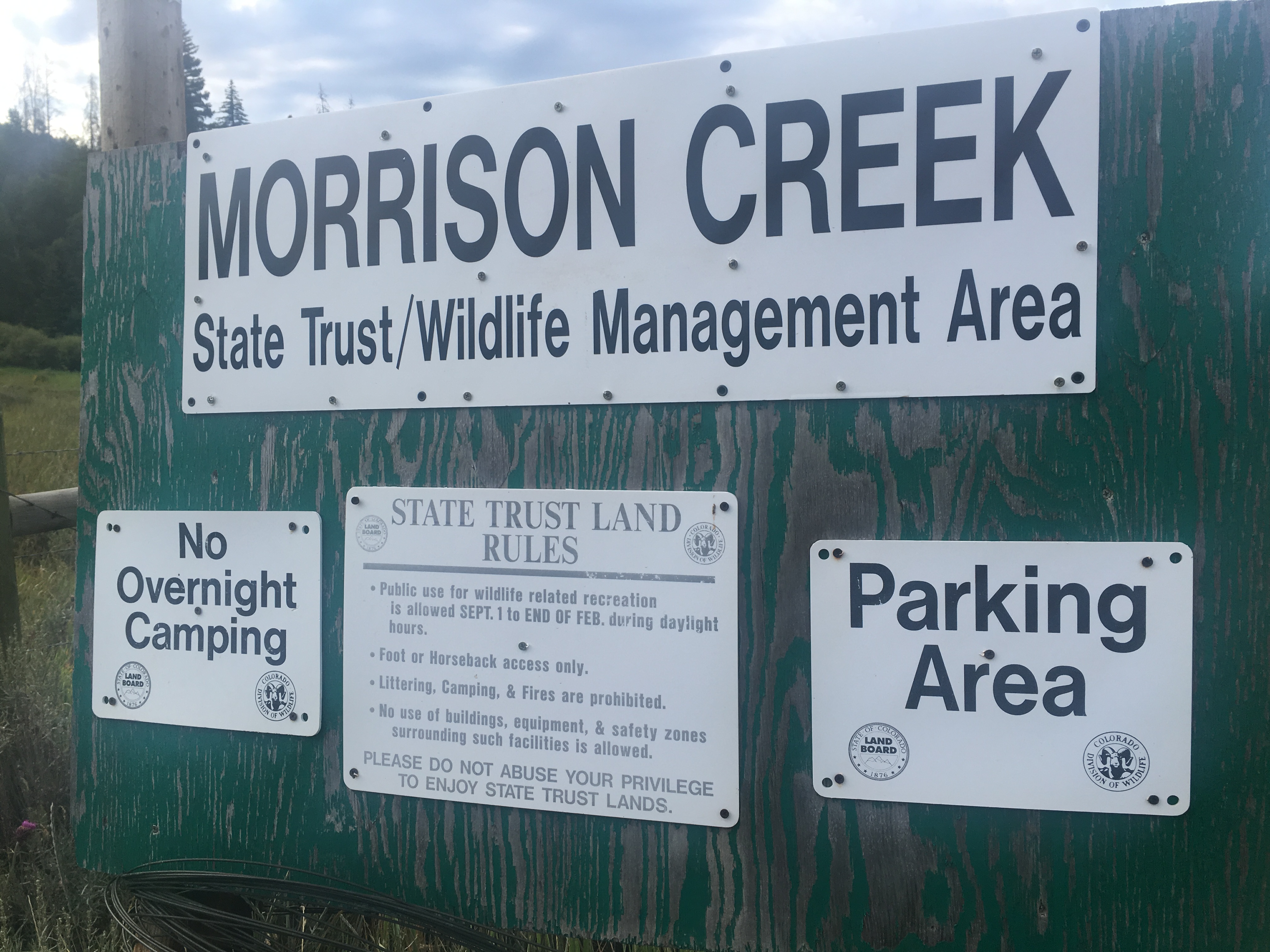I recently listed the T&T Ranch south of Hayden. It shares a long boundary with a 1,368 acre parcel of land owned by the State of Colorado. Having been a lessee of a State section for my cattle operation, I knew there would be restrictions so I took the time to dig a little deeper. But first a little background: our forefathers strongly believed that a well-educated public would ensure that basic freedoms of religion, assembly, press, due process of law and trial by jury would be understood and exercised. Knowing that many of the newly formed (and to be formed) states lacked a tax base, they established that Section 16 (and section 36 in Colorado) would belong to the State. When sections 16 or 36 were already homesteaded, granted to the railroad or reserved by the United States, states were allowed to select in lieu lands. Regardless of the location, the State could use those lands to produce income to support education. The practice is still alive and well today and it is relatively common to see Sections 16 and 36 belong to the State. Many, but not all, of the sections have a public-use component. The State Trust Land area that borders T & T Ranch lies in several non 16/36 sections and is completely under private lease. Except for the public shooting range near the county road to the west, no public access is allowed. The nearby Sage Creek State Trust Land (located a couple of miles to the south) allows for archery deer and elk season and for dusky grouse and rabbit hunting from opening day of archery through May 31. It has two parking areas and is limited to non-motorized access for hunting, fishing and watchable wildlife activity from sunrise to sunset. The Colorado Parks and Wildlife website is a great resource for those State lands that are open to the public.
30
Oct
Oct
State Owned Lands: Funding Education




